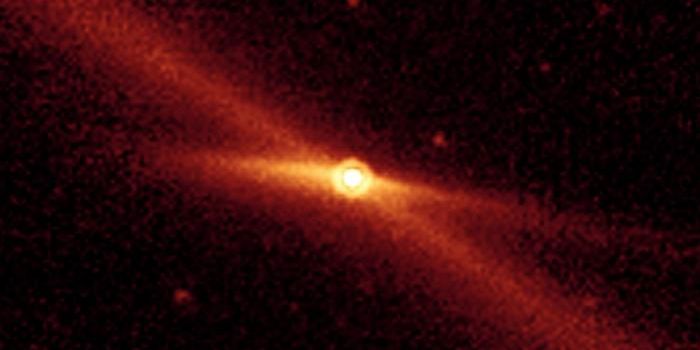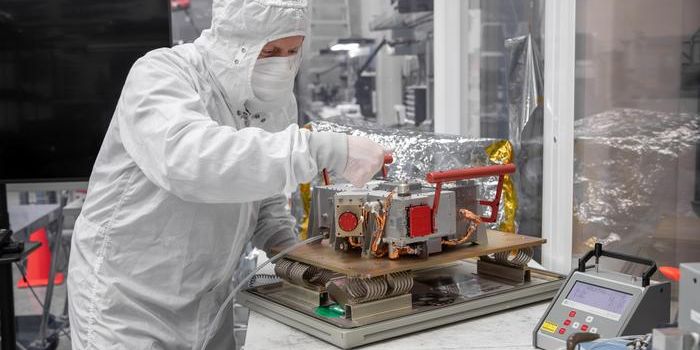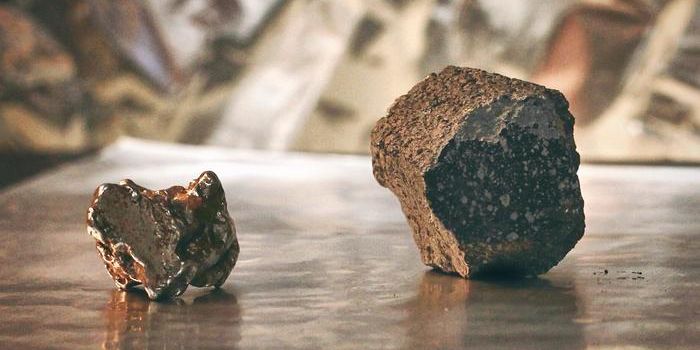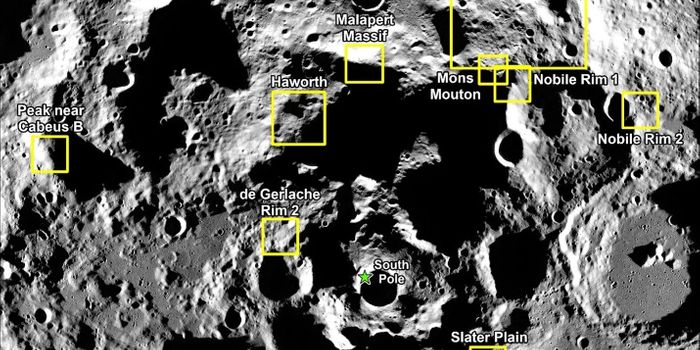Using NASA's Chandra X-ray Observatory, astronomers have documented and taken images of a smaller space explosion that could shed light on the mechanics and origins of other much larger stellar explosions
The GK Persei is an example of a "classical nova." Novas are outbursts produced on the surface of a white dwarf star, a dense remnant of a much more powerful Sun-like star. In space, explosions of actual stars are a focus for scientists who hope to better understand how stars are formed, how they die out and how they interact with their surroundings.
A nova can occur if the strong gravity of a white dwarf pulls material from its orbiting companion star. If enough material, mostly in the form of hydrogen gas, accumulates on the surface of the white dwarf, an intense nuclear reaction can occur, culminating into a cosmic-sized hydrogen bomb blast. The outer layers of the white dwarf are blown away, producing a nova explosion that can be observed for a period of months to years as the material expands into space.
Classical novas can be considered to be "miniature" versions of supernova explosions, the same origin, but smaller and not the destructive force that supernovas are. A supernova can signal the destruction of an entire star and can be so bright that they outshine the whole galaxy where they are found. Supernovas are extremely important for cosmic ecology because they inject huge amounts of energy into the interstellar gas, and are responsible for dispersing elements such as iron, calcium and oxygen into space where they may be incorporated into future generations of stars and planets.

Although the remnants of supernovas are much more massive and energetic than classical novas, the fundamental physics are similar. Both involve an explosion and creation of a shock wave that travels at supersonic speeds through the surrounding gas.
NASA's Chandra X-Ray observatory first observed GK Persei in February 2000 and then again in November 2013. This 13-year baseline provides astronomers with enough time to notice important differences in the X-ray emission and its properties.
This new image of GK Persei contains an array of information from three sources. X-rays from Chandra (blue), optical data from NASA's Hubble Space Telescope (yellow), and radio data from the National Science Foundation's Very Large Array (pink) all combine to give scientists a more complete picture. The X-ray data show hot gas and the radio data show emission from electrons that have been accelerated to high energies by the nova shock wave. The optical data reveal clumps of material that were ejected in the explosion. The combination of these data points provides a greater picture than ever known.
One intriguing discovery illustrates how the study of nova remnants can provide important clues about the environment of the explosion. The luminosity of the GK Persei remnant decreased by 40% over the 13 years of Chandra obversations, but the gas temperature remained the same at one million degrees Celsius. As the shock wave expanded and heated an increasing amount of matter, the temperature behind the wave of energy should have dipped lower. The observed fading and constant temperature suggests that the wave of energy hasn't swept up much of the gas in the environment around the star over the course of the observation period. This suggests that the wave must currently be expanding into a region of much lower density than before, showing scientists significant information about the stellar neighborhood in which GK Persei resides.
A paper describing these results appeared in the March 10th issue of The Astrophysical Journal. The authors were Dai Takei (RIKEN, Spring-8 Center Japan), Jeremy Drake (Smithsonian Astrophysical Observatory), Hiroya Yamaguichi (Goddard Space Flight Center), Patrick Slane (Smithsonian Astrophysical Observatory), Yasunobu Uchimaya (Rikkyo University, Japan), Satoru Katsuda (Japanese Aerospace Exploration Agency).









